Laurence Vittes reads luthier Dmitry Badiarov’s account of the history of the ‘arm cello’ and how he became interested in bringing them back to the modern world
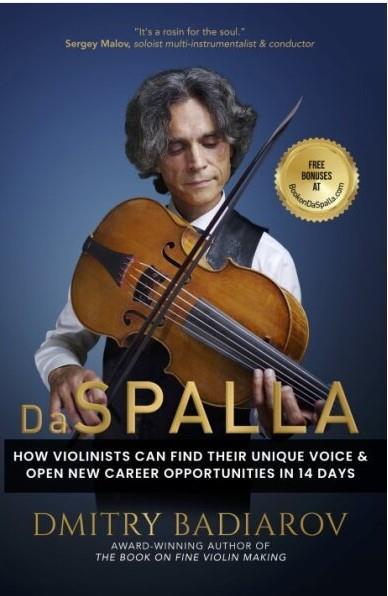
Da Spalla: How violinists can find their unique voice and open new career opportunities in 14 days
Dmitry Badiarov
208PP ISBN 9798379291518
10-10-10 Publishing €29.95
In early 18th-century Germany there was a market for smaller cellos for choir lofts, continuo work and even street performances. These small cellos existed in various sizes and shapes between violas and full-size cellos, with either four or five strings. Some were held between the knees while others were held on the arm resting against the right shoulder, sometimes hanging from a strap around the neck. They were called bassetto, viola pomposa, violincino, basso violino, violetta, and cello piccolo. Bach wrote specifically for several of these instruments and may even have written the Sixth Suite for the violoncello da spalla, as Pieter Wispelwey and others conjecture. Sigiswald Kuijken described the spalla as ‘paradise on earth… an ideal continuo instrument’.
The spalla had mostly disappeared from view until violinist Dmitry Badiarov, looking for an instrument and a new voice, fell in love with the idea of the spalla while in Bilbao in 2003 and subsequently rescued it from obscurity. Now a fully fledged luthier and a keen entrepreneur, Badiarov has written an owner’s manual on how to make, play and market the spalla, embedded into the absorbing tale of his voyage from being apprenticed to the violin maker Vladimir Oiberman in southern Russia aged eleven, to making spallas in The Hague.
Read: Violoncello da spalla – story of a rediscovery
Watch: Sigiswald Kuijken performs Bach’s Cello Suite no.1, Courante, on the violoncello da spalla
Watch: Sergey Malov performs Bach’s Sixth Cello Suite on a violoncello da spalla
He goes into invaluable detail about fingering, shifting, double-stops and other playing issues based on lessons learnt while recording the Bach Suites. He devotes chapters to bows, strings, the Brussels, Leipzig and 26 other small cellos, and how to transfer technique from the violin or viola. In its ethos, Da Spalla is situated somewhere between Zen and the Art of Motorcycle Maintenance and Anner Bylsma’s Bach, the fencing master.
Having heard Sergey Malov, the instrument’s pre-eminent champion (reflected in the legend on his website logo which reads ‘Spallenmann’) play the spalla, I have an impression of an almost exotically beautiful instrument, somewhere between the viola and the cello, with a facility at playing cross-string adventures which makes it easier to concentrate on affect and gesture, and a striking ability to cut through and project. Badiarov delivers three or four a year and is not looking to scale up: ‘I am in the business of offering life-changing opportunities,’ he says, ‘not merely crafting wooden boxes.’
The many photographs and illustrations are in low-res black and white, but they are clear and well chosen, including Malov in Badiarov’s studio playing his new spalla for the first time.
LAURENCE VITTES

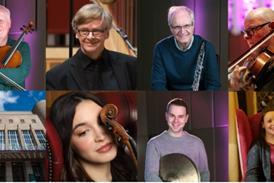
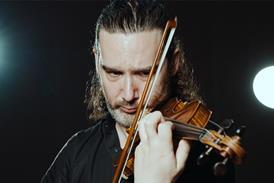

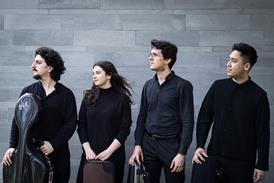




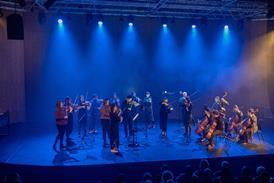
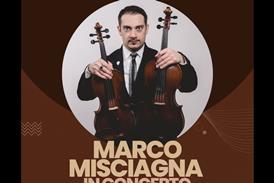
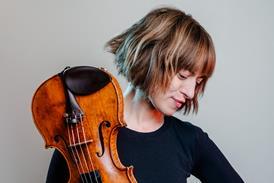
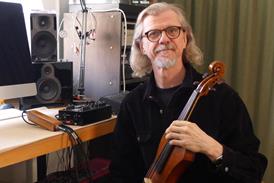
















No comments yet